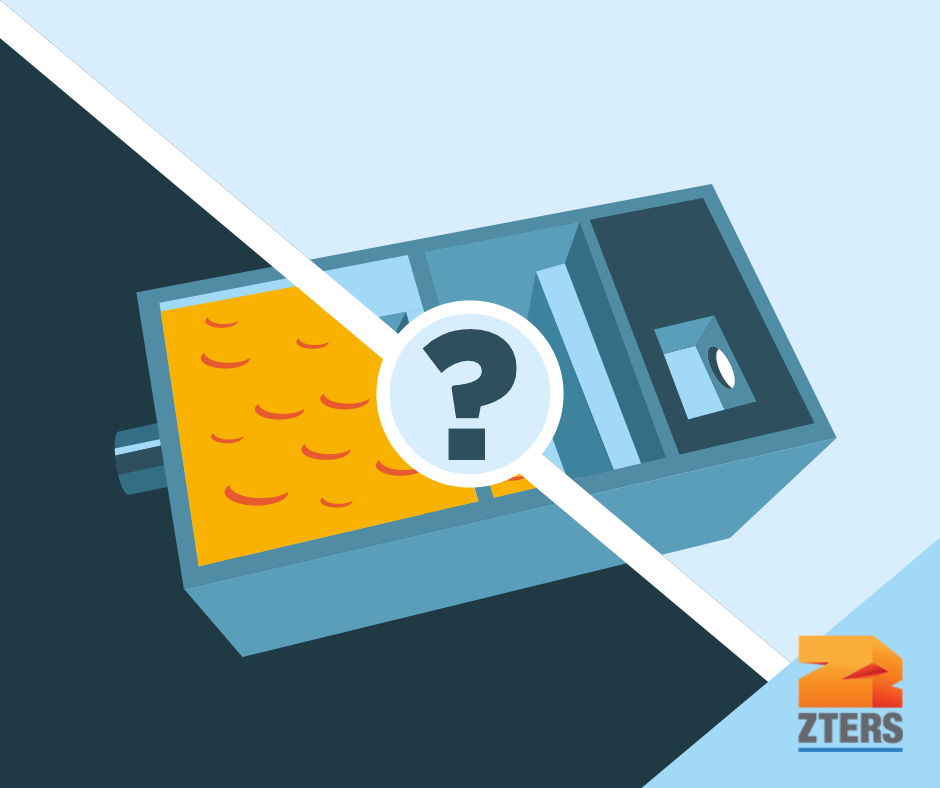Anyone who works in a kitchen knows that grease traps are essential for keeping commercial kitchens and food service operations running without a major hitch. But like any equipment, they require regular maintenance. One of the most common questions we hear is: “How do I know when my grease trap is full?”
If you’ve noticed foul odors, slow drains, or even grease backing up into your sinks, you might already be dealing with a full grease trap. No need to panic though, we’re here to help so that you can keep your employees productive and your customers well-fed.
In this blog post, we’ll walk you through the warning signs, explain how full your trap should be, and share tips on how often to schedule grease trap cleaning service to avoid problems.
What Is a Grease Trap, and Why Does It Need Cleaning?
A grease trap is a plumbing device that captures fats, oils, and grease (FOG) before they enter your wastewater system. Installed in kitchens of restaurants, cafeterias, and other food service establishments, grease traps help prevent clogs in municipal sewer systems and avoid costly repairs or fines.
Over time, FOG builds up in the trap, reducing its capacity and performance. If left unchecked, a full grease trap can lead to:
- Foul smells
- Drainage problems
- Plumbing backups
- Health code violations
That’s why regular grease trap cleaning is essential—and recognizing the signs of a full trap can save you from bigger headaches down the road. Learn more about grease traps in our grease trap 101 post.
6 Warning Signs Your Grease Trap Is Full
1. Slow Drainage
Are your sinks draining slower than usual? Grease buildup can clog the trap and connected pipes, making it harder for wastewater to flow. If it takes a long time for water to clear from sinks or floor drains, your grease trap could be the culprit.
2. Foul Odors
One of the most obvious and unpleasant signs of a full grease trap is a strong, rancid smell coming from your drains or kitchen area. As FOG decomposes, it releases sulfuric compounds that smell like rotten eggs or spoiled food. If you can smell it, it’s time to schedule a cleaning.
3. Grease Leaks or Overflow
If grease starts to back up into your sinks, overflow from the trap, or leak from pipe joints, it’s a red flag. This means the trap is past capacity and no longer able to contain the FOG, leading to messy and hazardous conditions.
4. Grease Accumulation
A quick visual inspection of your grease trap can reveal a lot. If you see a thick layer of solidified grease floating on top of the water or coating the walls of the trap, it’s nearing full capacity. Many experts recommend cleaning once the trap reaches 25% of its volume in grease—any more, and efficiency drops significantly.
5. Unusual Noises
Hear gurgling or bubbling sounds when draining water? That could indicate a blockage caused by FOG buildup, either in the trap or downstream pipes. These noises suggest air is trapped and struggling to pass through the clogged system.
6. Increased Pest Activity
Fruit flies, cockroaches, and rodents are attracted to the smells and food particles in neglected grease traps. A sudden spike in pest activity around your kitchen or drains could point to a trap that’s overdue for cleaning.
How Full Should a Grease Trap Be?
A properly functioning grease trap should have some grease in it—it’s doing its job, after all—but it should never be more than 25% full of FOG. Once the trap reaches this threshold, its ability to separate and retain grease drops dramatically. Cleaning at or before this point helps maintain performance and prevents problems.
Should a Grease Trap Be Full of Water?
Yes, grease traps are designed to hold water and separate FOG from it. Water enters the trap with grease-laden wastewater, and as the FOG rises to the top, cleaner water exits the bottom. If your trap is completely dry or filled with solid grease and no water, it likely needs immediate cleaning or repair.
How Often Should Grease Traps Be Emptied?
There’s no one-size-fits-all answer, but the general rule of thumb is:
- Small indoor grease traps (under-sink): Every 1 to 4 weeks
- Large outdoor interceptors: Every 1 to 3 months
Need Grease Trap Cleaning?
Speak with an account manager for a free quote.
However, grease trap cleaning frequency depends on factors like:
- The size of your grease trap
- The type and volume of food you serve
- Local health regulations
- Past inspection or cleaning records
Some municipalities even require documented cleanings at set intervals, so staying compliant can help you avoid fines or shutdowns. ZTERS can help you set up a customized cleaning schedule to match your needs, so you never have to guess when it’s time to pump your trap.
Why It’s Important to Stay on Top of Grease Trap Maintenance
Ignoring your grease trap doesn’t just cause plumbing issues—it can lead to serious consequences for your business, including:
- Health code violations
- Fines from local authorities
- Environmental damage
- Lost revenue from downtime
Routine service keeps your kitchen clean, your pipes clear, and your operations in compliance. And with professional cleaning services like those offered by ZTERS, you don’t have to worry about handling it yourself.
Partner With ZTERS for Grease Trap Cleaning Services
At ZTERS, we provide reliable grease trap cleaning and maintenance services for restaurants, commercial kitchens, food trucks, and more. We know how important it is to keep your business running without interruptions—and we’ve got the nationwide network to make that happen.
When you work with us, you’ll get:
- Flexible cleaning schedules
- Thorough grease removal and trap inspection
- Proper disposal of FOG in compliance with local regulations
- Transparent pricing and professional service
If you’re asking, “How do I know when my grease trap is full?”—chances are it’s time to check. A full grease trap can bring your operations to a halt, but with regular maintenance, you can avoid costly disruptions and stay compliant.
ZTERS makes grease trap maintenance simple. Contact us today to schedule your grease trap cleaning or request a free quote. We’ll help you keep things flowing.

